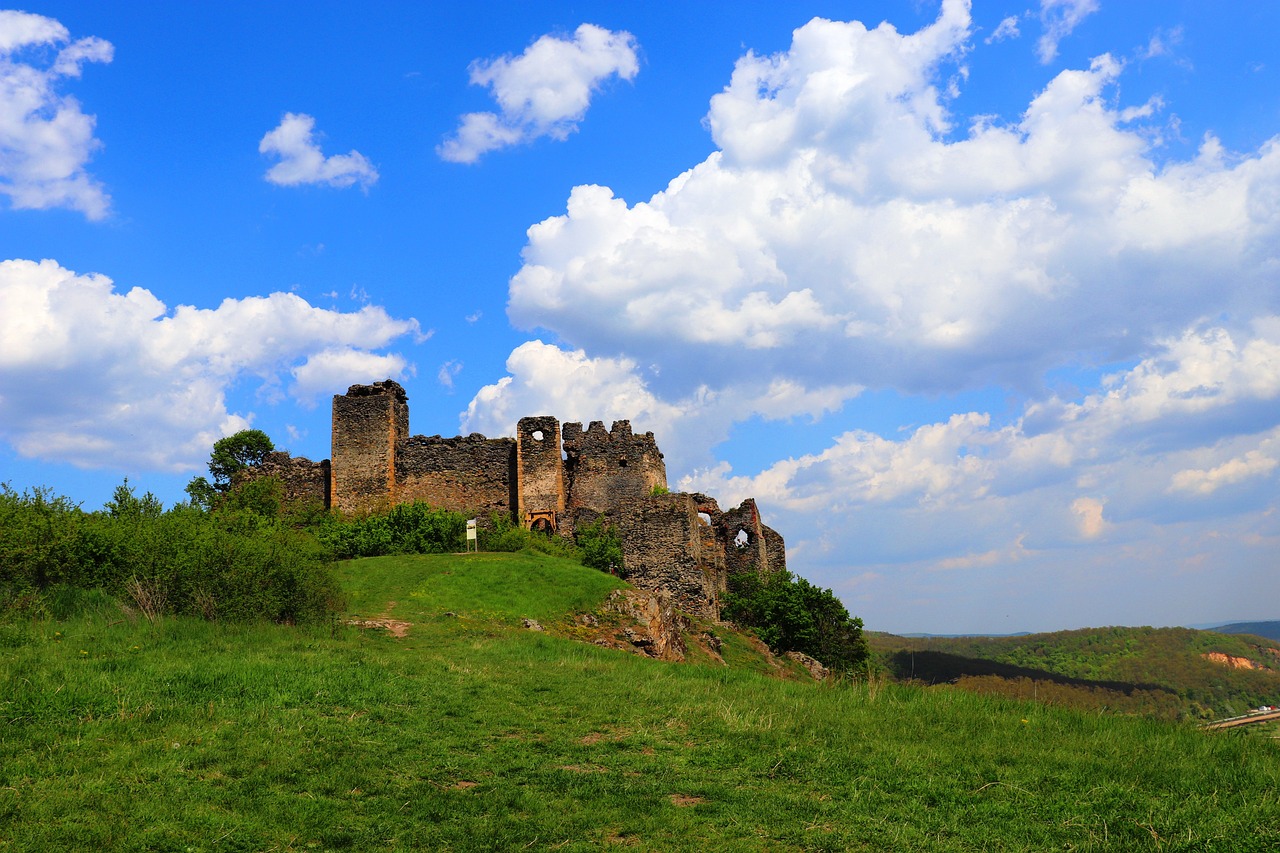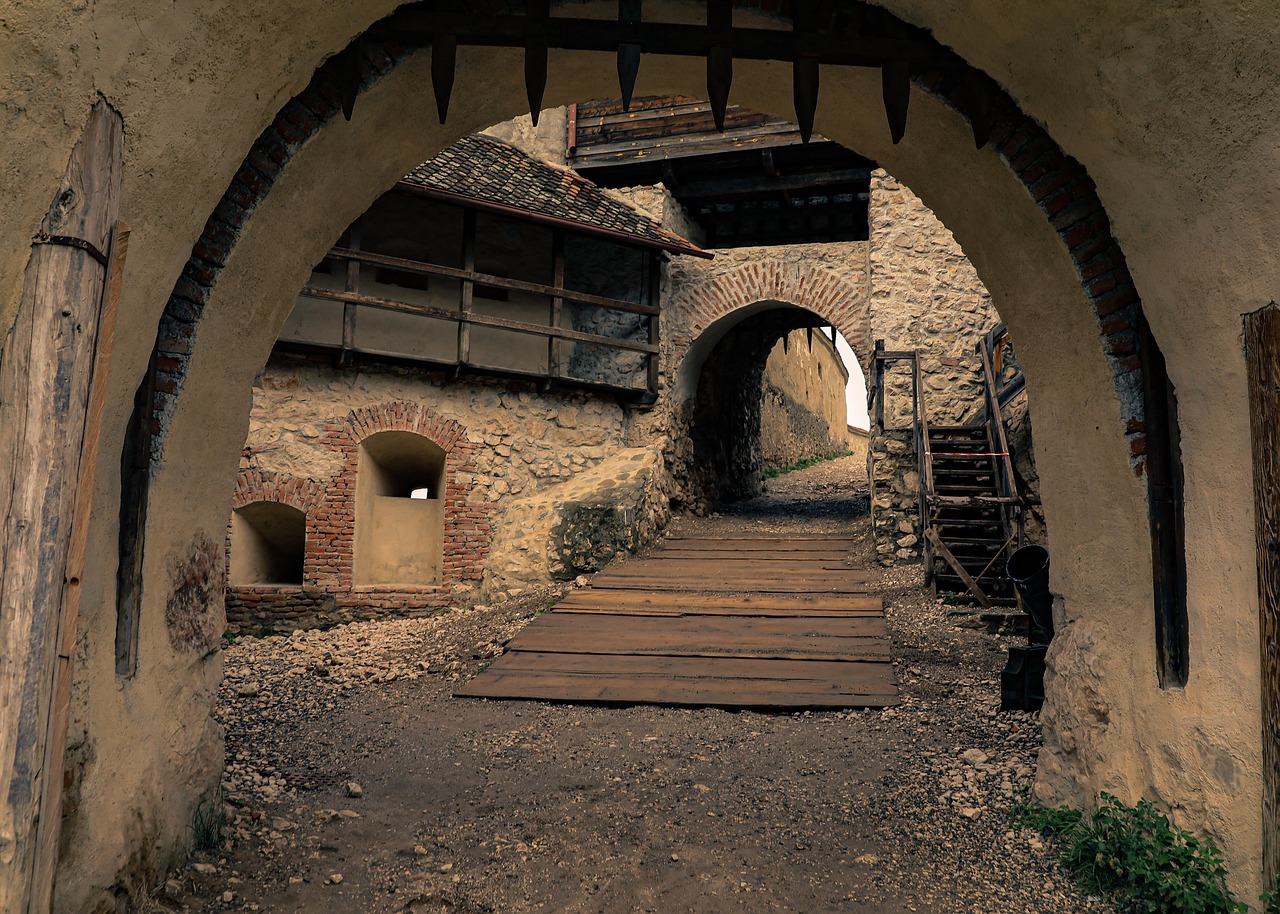Language and Communication: Overcoming Barriers in Romania
Section 1: Introduction
Language and communication are vital aspects of human interaction. In Romania, a country situated in Southeast Europe, language plays a significant role in bridging gaps and fostering understanding among its diverse population. This article explores the various barriers to effective communication in Romania and discusses strategies to overcome them.
Section 2: Historical Language Influences
Romania is a linguistically diverse country due to its historical influences. The Romanian language, a Romance language, is the official language of the country. However, due to its geographical location and historical ties with neighboring countries, Romanian is influenced by Slavic, Hungarian, and Germanic languages. These linguistic influences can pose communication barriers, especially for non-native speakers.
- Slavic Influence: The close proximity to Slavic-speaking countries like Ukraine and Bulgaria has resulted in some Slavic loanwords in the Romanian vocabulary. These loanwords can sometimes cause confusion for non-native speakers.
- Hungarian Influence: The Hungarian minority in Romania has contributed to the adoption of Hungarian words and phrases in certain regions. This can create language barriers between different ethnic groups.
- Germanic Influence: The historical presence of German-speaking communities in Romania has left its mark on the language. German loanwords are present in various domains, such as technology and industry.
Section 3: Regional Dialects and Accents
Romania is home to various regional dialects and accents, which can pose challenges to effective communication. The country is divided into several historical regions, each with its own distinct dialects and pronunciations. Some of the notable dialects include Moldavian, Transylvanian, Banat, and Oltenian. These dialects, while enriching the cultural heritage of Romania, can sometimes lead to misunderstandings and difficulties in communication.
Romania Image 1:

Section 4: Language Education and Literacy
To overcome language barriers, Romania places a strong emphasis on language education and literacy. The Romanian education system ensures that all students receive comprehensive language education, including grammar, vocabulary, and communication skills. Efforts are made to promote multilingualism, with English being taught as a second language in schools. This focus on language education helps individuals develop the necessary skills to communicate effectively and overcome language barriers.
Section 5: Interpreting and Translation Services
In Romania, professional interpreting and translation services play a crucial role in facilitating effective communication. These services are available in various settings, including business meetings, legal proceedings, healthcare facilities, and tourism. Professional interpreters and translators bridge the language gap, ensuring accurate and clear communication between individuals who speak different languages. The presence of such services helps overcome language barriers and promotes understanding.
Section 6: Cultural Sensitivity and Non-Verbal Communication
Cultural sensitivity and awareness of non-verbal communication cues are essential when overcoming language barriers in Romania. Different cultures have distinct non-verbal communication styles, such as gestures, facial expressions, and body language. Understanding and respecting these cultural nuances can enhance communication and prevent misunderstandings. It is important to be mindful of cultural differences and adapt communication styles accordingly.
Romania Image 2:

Section 7: Technology and Communication Tools
Advancements in technology have revolutionized communication methods and helped overcome language barriers in Romania. Various communication tools, such as translation apps, language learning apps, and online language resources, are available to assist individuals in understanding and communicating in different languages. These technological advancements provide convenient solutions for language barriers, especially in situations where professional interpretation or translation services may not be readily available.
Section 8: Language Exchange Programs
Language exchange programs offer a valuable opportunity for individuals to improve their language skills and overcome communication barriers. In Romania, language exchange programs bring together native speakers of different languages to practice and learn from each other. These programs foster cultural exchange and provide a supportive environment for language learners to enhance their proficiency in a foreign language.
Section 9: Workplace Communication Strategies
Effective workplace communication is crucial for productivity and collaboration. In Romania, workplaces implement various strategies to overcome language barriers. This includes providing language training programs for employees, promoting a diverse and inclusive work environment, and encouraging open and clear communication channels. By prioritizing effective communication, workplaces in Romania can overcome language barriers and create a harmonious work environment.
Romania Image 3:

Section 10: Education for Foreign Residents
Romania welcomes a significant number of foreign residents, including students and expatriates. To support their integration and overcome language barriers, educational institutions offer language courses specifically designed for foreigners. These courses aim to improve language proficiency and provide cultural insights, enabling foreign residents to communicate effectively and engage with the local community.
Section 11: Social Integration Initiatives
Social integration initiatives play a vital role in overcoming language barriers and fostering a sense of belonging among diverse communities in Romania. These initiatives involve community outreach programs, cultural events, language exchange meetups, and intercultural workshops. By actively participating in such initiatives, individuals can develop language skills, build relationships, and break down communication barriers.
Section 12: Conclusion
In conclusion, language and communication barriers in Romania can be overcome through various strategies. These include understanding the historical language influences, embracing regional dialects, promoting language education, utilizing interpreting and translation services, being culturally sensitive, leveraging technology, participating in language exchange programs, implementing workplace communication strategies, providing education for foreign residents, and engaging in social integration initiatives. By recognizing and addressing these barriers, Romania can foster effective communication and promote inclusivity among its diverse population.
References:
– Romanian Ministry of Education and Research: edu.ro
– Romanian Association of Professional Translators and Interpreters: ratir.ro
– Romanian Cultural Institute: icr.ro
– Romanian National Tourist Office: romaniatourism.com

